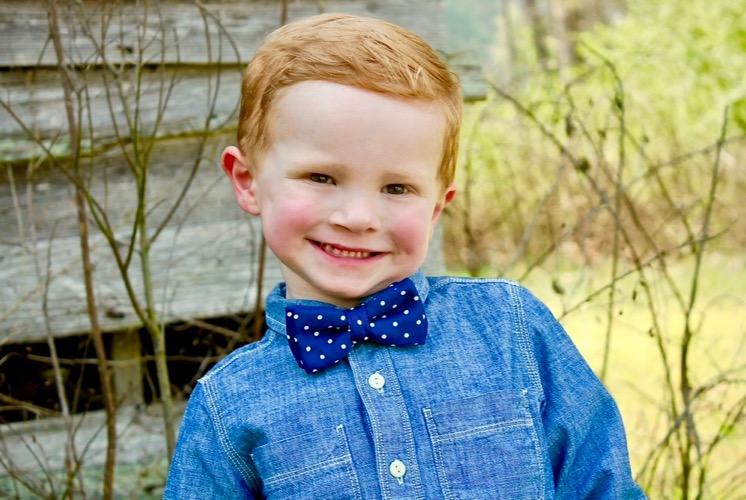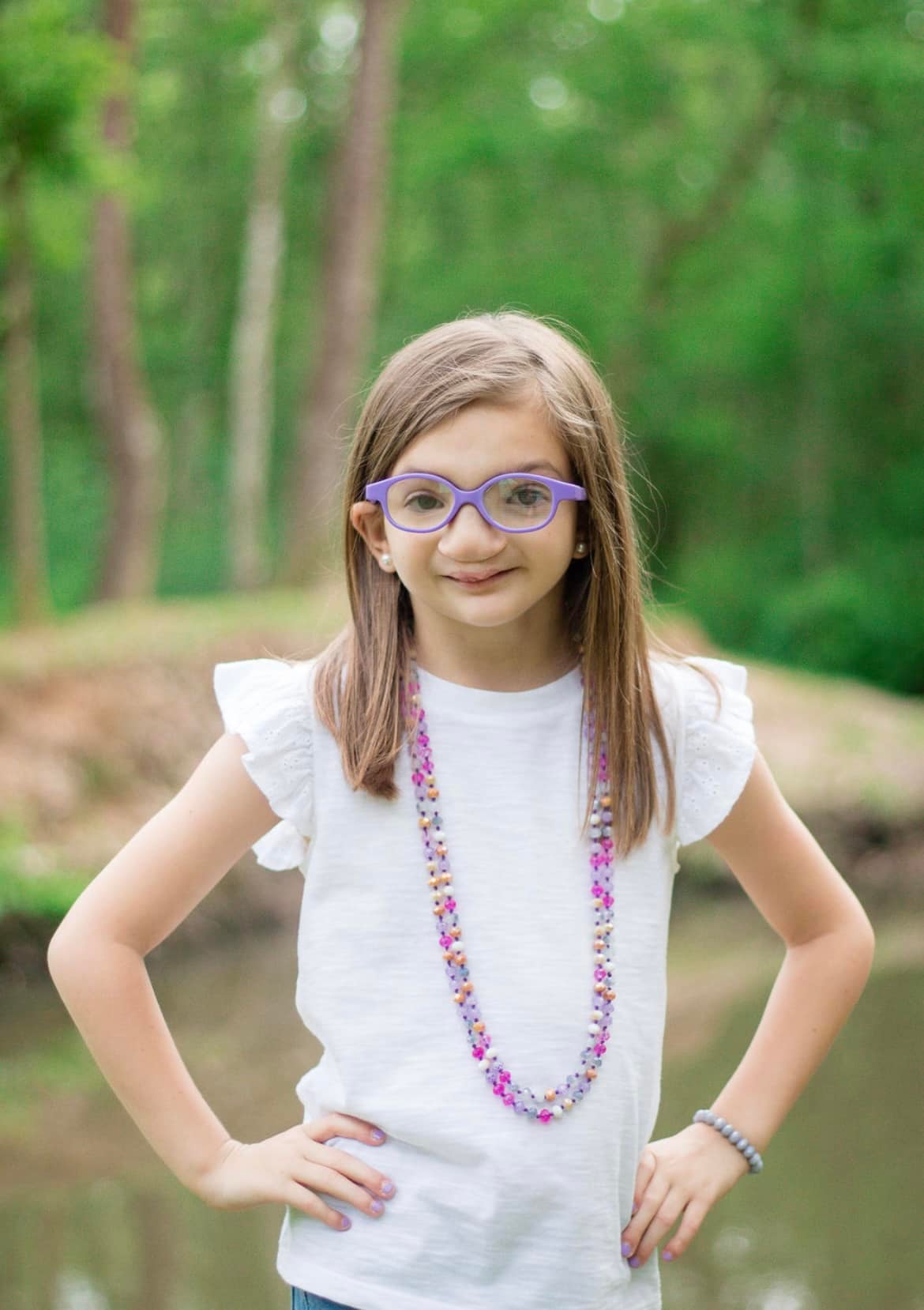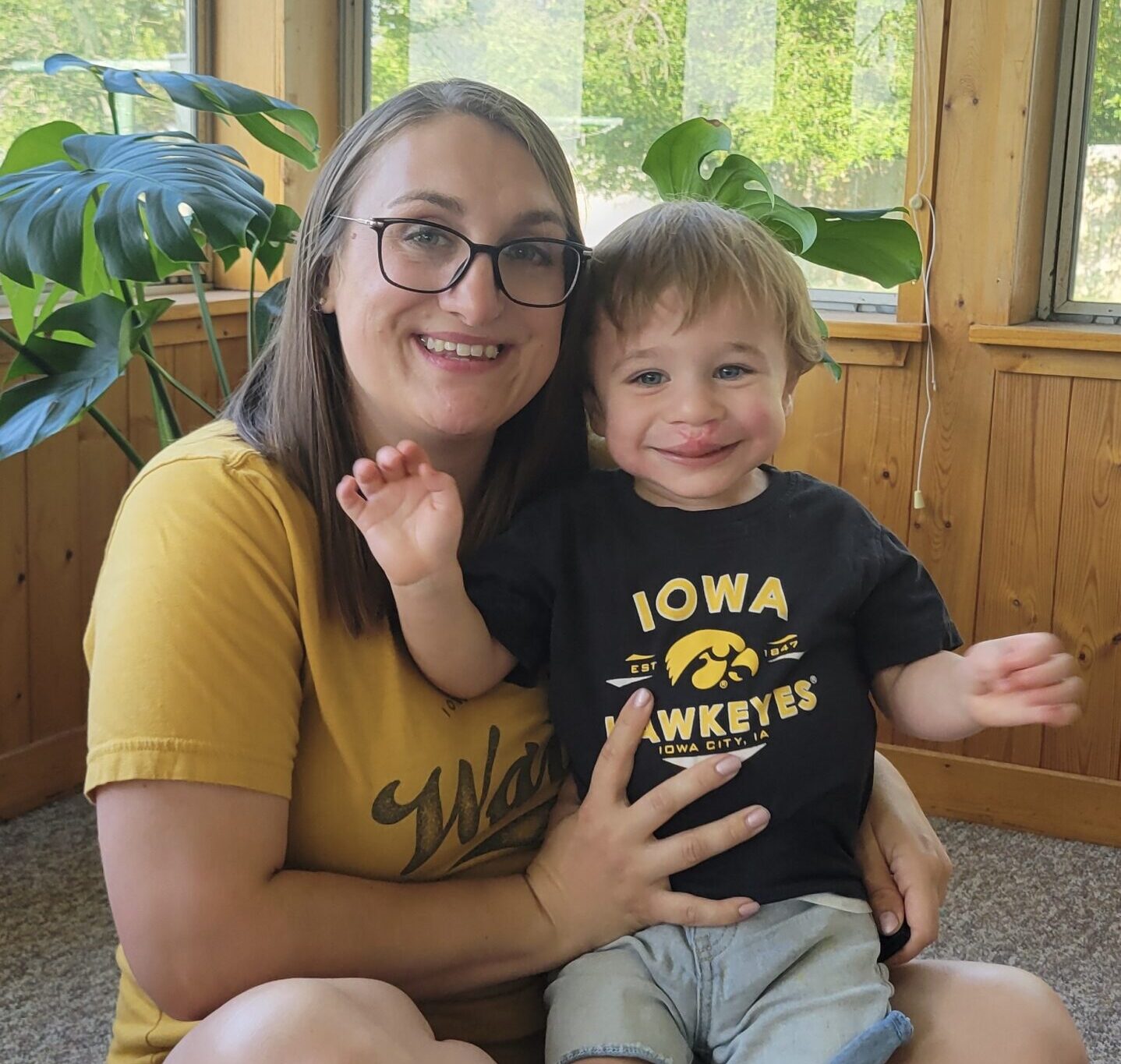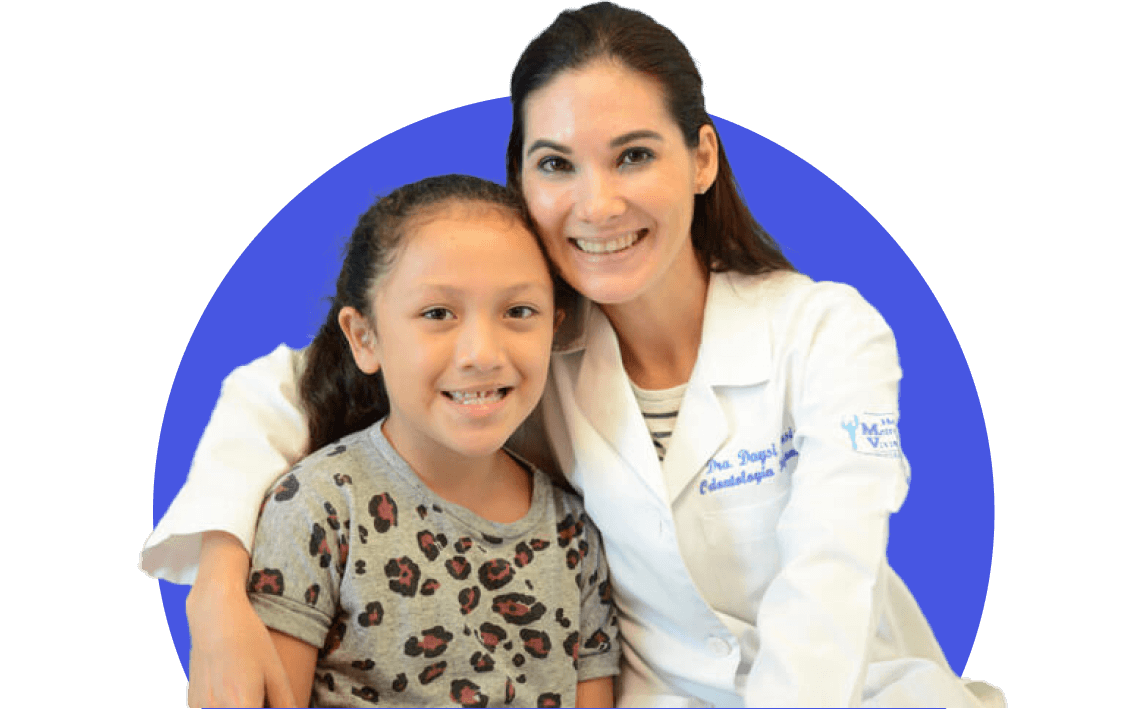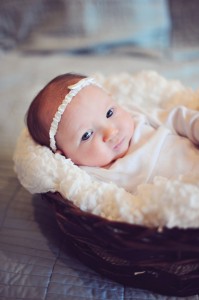
The day our daughter Vivienne was born was the best, but also the hardest, day of our lives. Toward the end of my pregnancy, Vivi was diagnosed as being growth restricted, and the doctor induced me at 39 weeks. Vivi entered the world at 1:00 A.M. exactly, and we were incredibly relieved to see she was healthy and strong. We went to the recovery room, and Vivi spent the first night curled up and sleeping peacefully by my side. We felt so blessed and couldn’t wait to take her home to meet her big brother.Baby in a basketBut that afternoon, things changed. Our pediatrician came by to meet Vivi and noticed that her cry sounded high-pitched and nasally. I mentioned that she also seemed to be having trouble latching on. That’s when our doctor discovered Vivi’s cleft palate. It turned out to be a substantial one—about 20mm. The roof of her mouth was essentially missing. The entire hospital seemed to rally around to help us at that point. We met with a plastic surgeon, occupational therapists, and other specialists, and, together, we devised a plan for Vivi’s treatment. Unfortunately, the feeding issues started almost immediately. We tried different nipples and bottles but Vivi would take just a few milliliters at a time before getting worn out and falling asleep. She ended up staying at the hospital for two weeks while we tried to teach her to take a bottle. However, it soon became clear that feeding would be an ongoing process, and Vivi was discharged from the hospital with a nasogastric (NG) tube to ensure she got sufficient calories while she learned to eat.
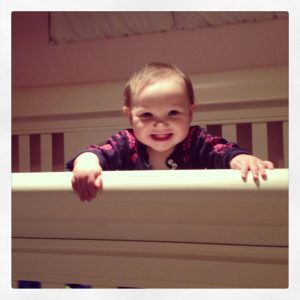
The first few months at home with Vivi were difficult. We spent a lot of time teaching her to use the bottle, and we also contended with stress related to the NG tube. (It’s hard to keep a newborn from pulling a tube out of her nose…we used a lot of tape!) She had acid reflux, and we had to feed her slowly because she vomited if we went too fast. I also decided to pump and feed her breast milk exclusively because she seemed to tolerate breast milk better than formula. It felt like our lives revolved around pumping and feeding for quite a while! When Vivi was three and a half months old and her feeding issues persisted, she had surgery to get a gastric tube in her stomach. It was a more permanent solution to the NG tube until she better learned to eat.
With respect to her cleft palate, we chose a wonderful craniofacial plastic surgeon who had experience repairing wider clefts like Vivi’s. He recommended a two-staged repair for her. At nine months old, she had her first repair, and she also had ear tubes placed to help with fluid build-up. The first day after surgery was rough, but things were much improved the second day after her tongue stitch came out. We were nervous about the arm restraints she would wear after surgery, but, fortunately, it wasn’t as bad as we feared! She seemed to feel like a new person after surgery and getting ear tubes, and she began crawling and pulling up to stand in no time at all.
It has now been eight weeks since her surgery, and Vivi is doing great! She turns one next month, which we can hardly believe. She says “Mama” and every day she eats a little more. We are working with a feeding therapist to get her eating enough to get her g-tube removed – hopefully soon! We are amazed by our daughter’s resilience and believe she will be a stronger, more beautiful person for having overcome these early obstacles. Our family is also stronger since Vivi was born. We have a greater appreciation for the little things, and we all have joined together to help Vivi thrive. Even our three-year-old son has risen to the occasion! Although these early years are hard, we do believe it will be a blessing for us in the end. We are enormously grateful for the medical interventions that make happy endings like ours possible!


